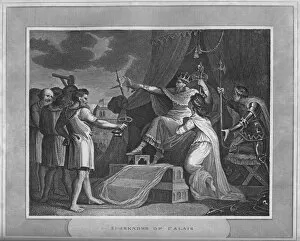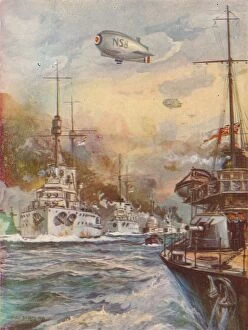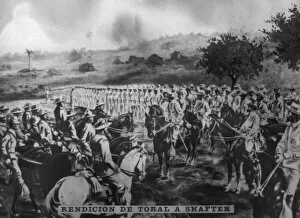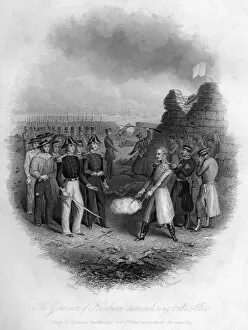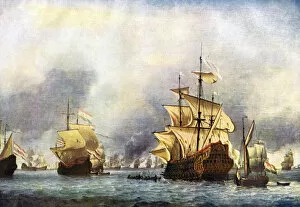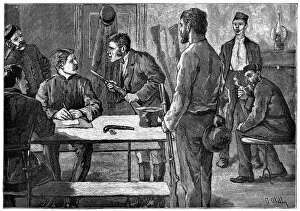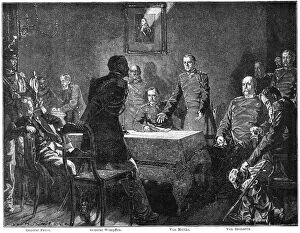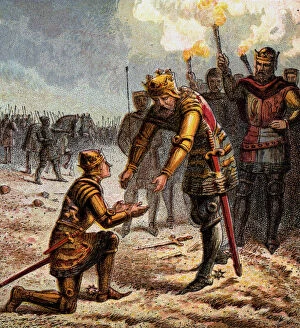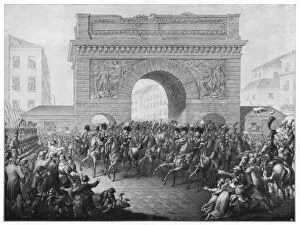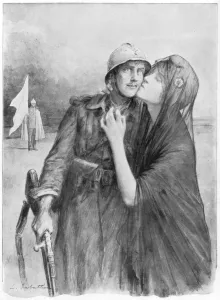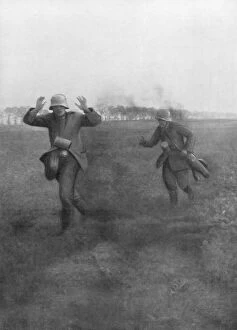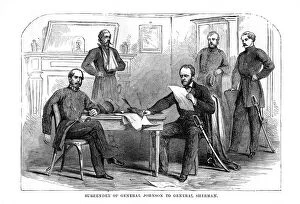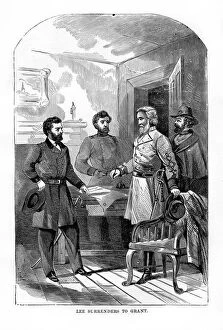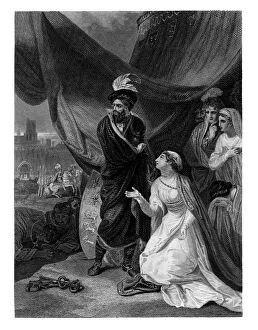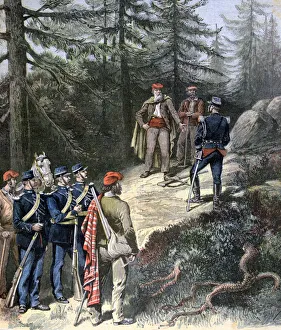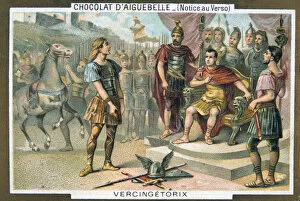Surrendering Collection (page 9)
"Surrendering: A Reflection of Power, Defeat, and Resilience" Throughout history, the act has been a defining moment that encapsulates both triumph and defeat
All Professionally Made to Order for Quick Shipping
"Surrendering: A Reflection of Power, Defeat, and Resilience" Throughout history, the act has been a defining moment that encapsulates both triumph and defeat. From Vercingetorix yielding to Julius Caesar at the Siege of Alesia in 52 BC to Porus submitting to Emperor Alexander in 326 BC, these pivotal moments shaped the course of empires. In an engraving capturing Vercingetorix before Julius Caesar after his surrender, we witness the weight of submission on a defeated leader's shoulders. The image serves as a reminder that even great warriors must sometimes lay down their arms for the greater good. Similarly, when Kaiser handed over his sword to Douglas Haig during World War I, it symbolized not only Germany's capitulation but also the end of an era marked by devastation and loss. The Surrender of the German Fleet at Sunset on November 21, 1918 further exemplifies how surrender can bring closure to conflicts that have ravaged nations. However, surrender is not limited to military contexts alone. General Methuen's surrender to de la Rey during the Boer War demonstrates how individuals can display resilience even in moments of vulnerability. It reminds us that true strength lies not only in victory but also in accepting defeat with dignity. Surrender takes various forms beyond battlefields; Anne Bonny's decision to abandon her life as a female pirate showcases personal choices made amidst turbulent circumstances. Her willingness to let go highlights bravery and adaptability amid adversity. Yet amidst tales of submission lie stories where sacrifice becomes salvation; like a cavalry charge saving crucial lines during World War I or Nationalist Troops at Badajoz standing firm against opposing forces during Spanish Civil War – these instances reveal how relinquishing control can lead to unexpected victories. Ultimately, surrender embodies complex emotions intertwined with power dynamics and human resilience throughout history.





